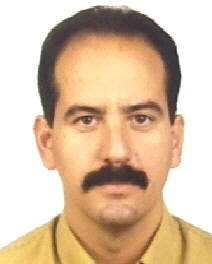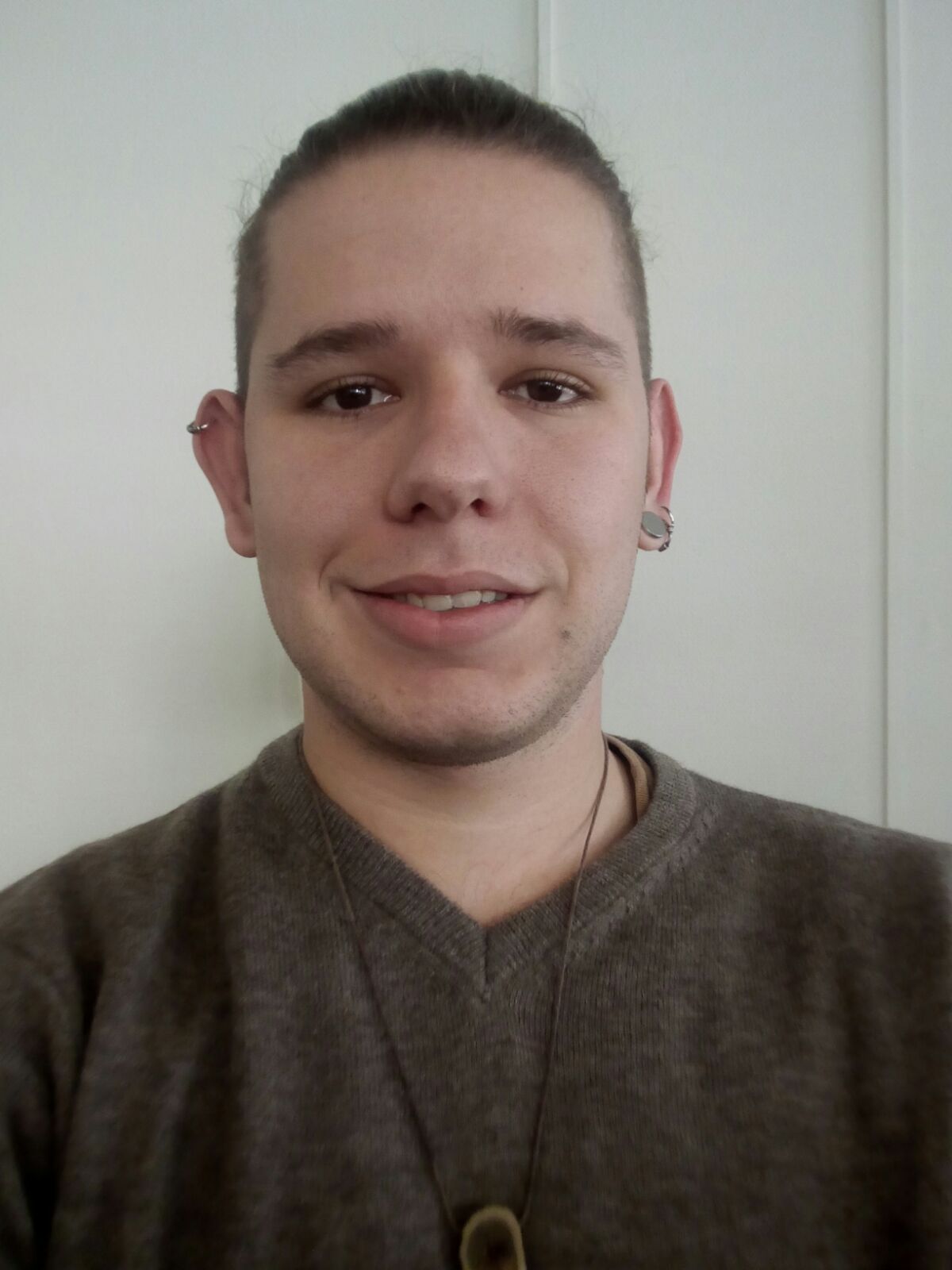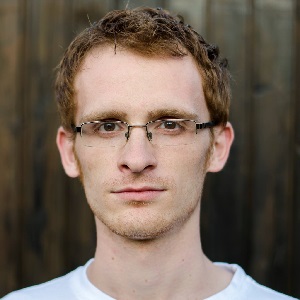Re-Invention of the Role of Sound in Education
Carlos Hernandez Franco
Description
Keywords: sound; education; telecommunications; radio 3.0
H2020 challenge: Europe in a changing world – Inclusive, innovative and reflective societies
Knowledge and skills (P: prerequisite; D: desirable, but not necessary): To be familiar with the use of software to compress audio (P), To have interest in sound (D), To be familiar with the use of Audacity (D), To enjoy working in group (D), To be familiar with the use of platform to streaming audio content (D)
Our society has changed dramatically in a very short time and the children of audio-visual culture fill the classrooms. Nowadays, the tradition of formal education continues to base their educational activities in written language, inherited from our parents, children of a printing time, relegating oral education and sound, to a third or fourth level, although this has a long-lived tradition and even more decisive in our development [1][2]. The primacy of the visual in our times has relegated the sound education to a place almost non-existent. However, we also “see through sound” [3].
The sound and speech are the main means of expression and communication for the human beings. The sound is essential for language development and is our main tool to access knowledge and to establish close relationships with the environment [4]. In fact, we take part of the three‑dimensionality of space that frames our vision screen, with echoes and interference and noise that reality returns. The ear is involved in 90% of the incoming information that our brain receives, making an enormous impact on the rest of the senses and on our bodies as well [5]. This perception causes our own interpretation of the reality, in which the sonic seems to have a fundamental importance, role, function.
The Case Study proposes the realization of a “sound walk” in the Campus of Vera (UPV) that allows us to “look” the environment with the ears and to be aware of the impacts that we produce in the same [6]. For this we will use a digital recorder, a mixer, microphones, laptop and an audio editing program (Audacity) [7].
The sound content created will be broadcast using the “Spreaker” platform or another one proposed by students [8].
INNOSOC students, supervised by INNOSOC lecturers, will collaborate on providing a possible solution to this Case Study. These activities will be conducted as a part of the ERASMUS+ blended mobility and will be finalized during the INNOSOC Valencia 2017 workshop in late May 2017.
The way of doing things changes. The world changes. Europe changes with it. And in this constant and multi-faceted change the Technologies play a fundamental role. The hyper-connected and highly digitized societies in which we live must be inclusive, innovative and at the same time reflective of this whole process. Never before was it so difficult to guarantee this balance.
Technologies for all: inclusion. Sustainable technologies: respect for the environment.
Recording the sounds of a certain environment can make us aware of it, for example, the areas of noise or silence that define it. Then, all of this sonic material can be processed, stored and released almost instantaneously and globally through the Internet. Costs, ease of use, etc., are aspects that should characterize technologies, avoiding creating digital divides between people, groups of people, countries and regions.
ICT is fundamental in all the functional aspects of our society. Likewise, ICT can put the local value in the people hands and enable the development of the human intellect and its capacities, facilitating tasks and establishing networks of collaboration between people. Students participating in this Case Study will be able to understand new forms of usability of Telecommunications. In this case, innovative ICT solutions for the societal challenges are coming from the sound and its broadcast using Internet.
Typically, students mainly address technical curricula in the Telecommunication sector. To a lesser extent, they address economic aspects. And rarely, the social aspects linked to ICT are analysed. That is, the use by diverse profiles of people, associated costs, etc. And in no case, they analyse other creative uses of these technologies and that could even be possible career opportunities in the future.
In this Case Study, students will collaboratively expand their knowledge about techniques of recording, processing, storage and distribution of sound. They should also take into account the creative aspect when using these media.
In other words, they should make a “sound walk” through the University Campus looking for those sounds that they will then use in a “radio program” that they will broadcast over the Internet, combining “communication” and “information”.
Questions that need answers
- Which distributors of audio equipment and components do you know?
- Which are the main features and characteristics of a digital audio recorder?
- Have you used programs for audio compression?
- What are the main features and characteristics of a mixer?
- Which programs for audio processing and sound effects do you know?
- What platforms for the distribution of sound content in streaming do you know?
Case study supervisors

Carlos Hernandez Franco
Lecturer
Case study students

Leon Rokić
INNOSOC 2017 Student

Valentina Vasileva
INNOSOC 2017 Student

Raúl del Amo Alcañiz
INNOSOC 2017 Student











